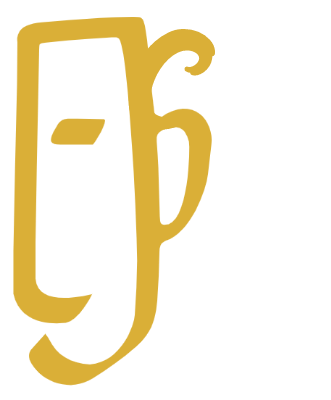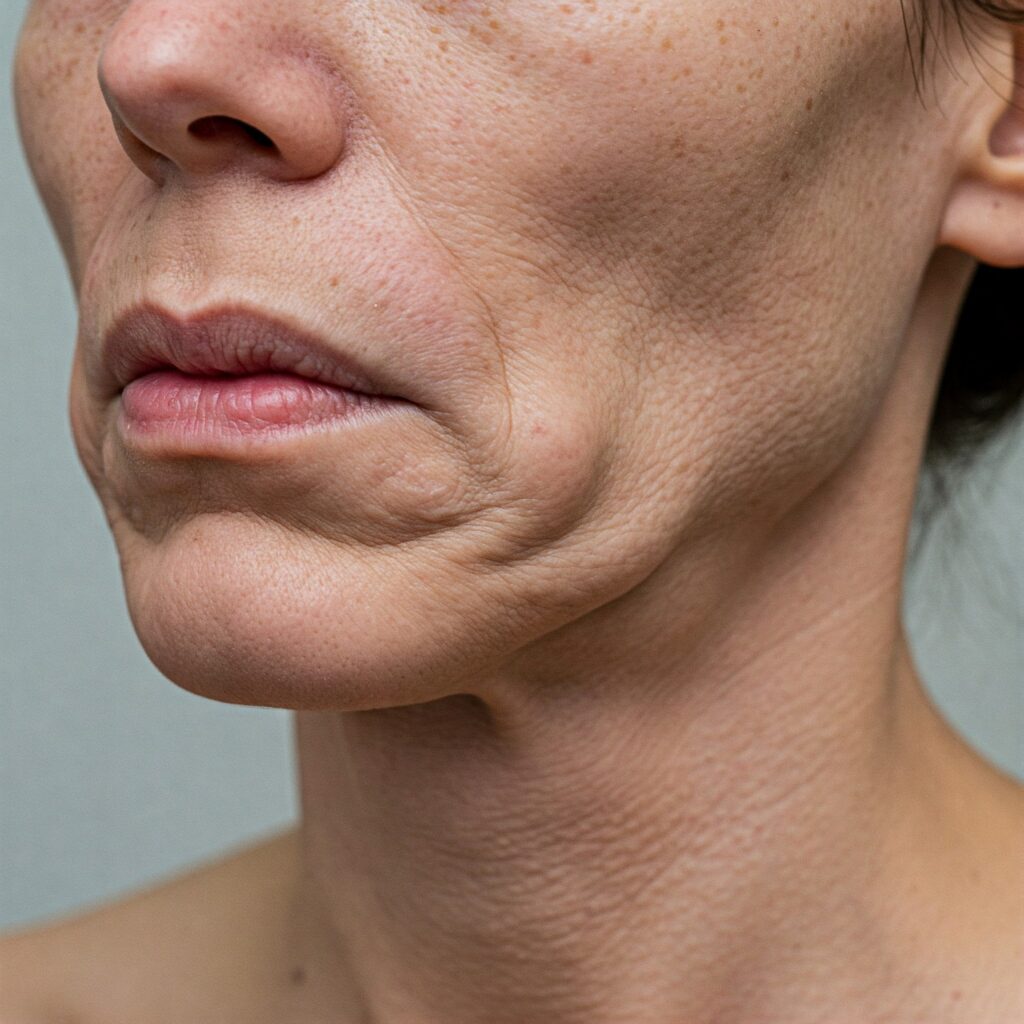
Blepharoplasty
Quick Summary
Rejuvenate tired, droopy eyelids with blepharoplasty
a safe, effective procedure that lifts and smooths the eye area for a younger, more alert appearance. Trusted results from expert plastic surgeons in London, Dubai, Doha & Beirut.
Board Certified
Dr Ali Soueid is a UK Certified & Trained Plastic Surgeon
Our Standards
We only use the best technologies on the market
Our Outcomes
We use evidence based practices to improve outcomes.
What Is a Blepharoplasty?
Blepharoplasty, also known as eyelid surgery, is a cosmetic procedure that rejuvenates the appearance of the eyes by removing excess skin, fat, and muscle from the upper and/or lower eyelids. It is an effective solution for treating drooping eyelids, puffiness, and under-eye bags that can make you look tired, aged, or less alert.
Performed by renowned plastic surgeon Dr. Ali Soueid, blepharoplasty offers subtle, natural-looking results with minimal scarring and downtime. Whether you’re looking to restore a more youthful appearance or improve vision obstructed by heavy upper eyelids, this procedure is tailored to your unique facial anatomy. Available in London, Dubai, Doha, and Beirut, Dr. Soueid combines precision and artistry to ensure refreshed, brighter eyes that reflect your best self.
Areas of
Blepharoplasty
Upper Eyelids
Ideal candidates for upper eyelid blepharoplasty are individuals who have excess, sagging skin that droops over the natural eyelid crease, often giving the eyes a tired, heavy, or aged appearance. In some cases, this sagging skin can interfere with vision or make daily activities like applying makeup difficult. Candidates should be in good general health, non-smokers (or willing to quit), and have realistic expectations about the results.
Lower Eyelids
Lower eyelid blepharoplasty is best suited for those experiencing persistent under-eye bags, puffiness, or loose, wrinkled skin that creates a constantly tired or aged look. It’s also ideal for people with dark circles caused by fat displacement or volume loss.
Good Skin Quality
Adults with firm, elastic skin and realistic expectations about the results of blepharoplasty
Who is a good candidate?
Before undergoing blepharoplasty, a thorough consultation is carried out. Here’s what we evaluate:
Feels their eyes look tired, aged, or less alert than they feel
Is in good overall health and free from serious eye or medical conditions
Is a non-smoker or willing to stop smoking before and after surgery
Has realistic expectations about surgical outcomes and recovery
Wants a natural-looking, refreshed eye area without overdone results
What are the
Benefits of Blepharoplasty
Restore Youth
Rejuvenates the eyes by removing sagging skin and puffiness, giving you a fresher, more youthful and alert appearance.
Improve Vision
Improves peripheral vision by lifting drooping upper eyelids that may obstruct your line of sight, enhancing both appearance and functionality.
Boost in Confidence
Delivers long-lasting, natural-looking results that boost facial harmony and self-confidence with minimal scarring and downtime.
Steps Towards Achieving Your Goals
In Three Easy Steps
1. Consultation
A Consultation helps you give your desires to us and helps us take a thorough history, do an examination and order investigations.
2. Procedure
The day of the procedure is a big day for the patient and we take every measure to make sure your are comfortable and safe.
3. Recovery
We will support in this essential part of your journey to make it as smooth as possible.
Preparation & Aftercare
Follow these instruction to prepare for your procedure and to have a smooth post-operative recovery.
Pre-Op
Maintain a stable weight before surgery. Stop smoking 1 week before the procedure. Avoid blood-thinning medications or supplements. Arrange for a responsible adult to stay with you for the first 24 hours.
What to Avoid
Smoking, alcohol, and recreational drugs Heavy meals or eating after the time specified by your clinic Unapproved medications or herbal supplements Last-minute skincare treatments (peels, waxing) near the surgery site.
Post-Op
Apply cooling pads as recommended to reduce swelling and support healing. Take prescribed medications for pain and inflammation as directed. Avoid strenuous activities and heavy lifting for 2–4 weeks. Keep the incision sites clean and dry; follow wound care instructions. Attend all follow-up appointments to monitor your recovery.
What to expect
During Your Blepharoplasty Procedure
Blepharoplasty is a safe and effective procedure designed to remove or reposition excess skin, fat, and muscle around the upper and/or lower eyelids. It is typically performed as a day surgery under local anaesthesia with sedation or general anaesthesia, depending on the complexity and your personal comfort. The full procedure usually takes between 1 to 2 hours, and both upper and lower eyelids can be treated in a single session.
During upper eyelid surgery, your surgeon will make a fine incision in the natural crease of the upper eyelid. Through this incision, loose skin and underlying fat deposits are removed or adjusted to create a more youthful, open, and alert eye appearance. The incision is then closed with fine sutures that leave minimal scarring, hidden naturally in the eyelid fold.
For lower eyelid blepharoplasty, the incision is made either just below the lower lash line or inside the eyelid (a technique known as transconjunctival blepharoplasty). This allows the surgeon to address under-eye bags and puffiness by removing or repositioning fat, tightening the skin, and smoothing the contour beneath the eyes. In some cases, laser resurfacing or skin tightening may be combined to enhance results.
After surgery, you can expect some swelling, bruising, mild irritation, or temporary dryness in the eyes. These symptoms are normal and typically subside within a few days to a week. You’ll be advised to use cold compresses, eye lubricants, and follow post-operative care instructions to support healing. Stitches are usually removed or dissolve within 5–7 days.
Most patients return to normal, light activities within a week, and visible swelling resolves significantly within 10 to 14 days. Final results—brighter, firmer, and more youthful-looking eyes—become apparent once the healing process is complete. Scarring is minimal and continues to fade over time.
Dr. Ali Soueid performs blepharoplasty with precision and a focus on natural, subtle results, helping patients in London, Dubai, Doha, and Beirut achieve a refreshed and confident look.
Different Incisions for Lower Eyelid Blepharoplasty
Subciliary (External) Incision
This traditional technique involves making a fine incision just below the lower lash line. It allows the surgeon to remove or reposition fat, tighten loose skin, and smooth wrinkles. This approach is ideal for patients with excess skin or more advanced signs of ageing. The scar typically fades well and is barely noticeable once healed.
Transconjunctival (Internal) Incision
This technique involves an incision on the inside of the lower eyelid, leaving no visible external scar. It’s commonly used for patients with under-eye puffiness or fat bags but minimal skin laxity. While it doesn’t address excess skin, it is excellent for reshaping fat and preserving natural eyelid contour, especially in younger patients or those seeking a more subtle correction.
Our Values
Aesthetics You Trust
Trust
Aesthetics You Trust is our motto. We will treat you with respect always and provide you with the best care we can.
Do No Harm
The first rule of medical ethics is to never knowingly do something to a patient that could harm them.
Evidence Based
We only offer treatments that are backed by evidence and based on our experience. We do not follow trends.
Be Your Best
We continuously educate ourselves, attend conferences and courses to stay up to date and use the best products.
FAQ
What is blepharoplasty?
Blepharoplasty, or eyelid surgery, is a cosmetic procedure that removes excess skin, fat, and muscle from the upper or lower eyelids to rejuvenate the eyes.
Who is a good candidate for blepharoplasty?
Ideal candidates have drooping upper eyelids, under-eye bags, or loose skin around the eyes, are in good health, and have realistic expectations.
How long does the blepharoplasty procedure take?
The surgery typically takes 1 to 2 hours, depending on whether both upper and lower eyelids are being treated.
Is blepharoplasty painful?
Discomfort is minimal and well-managed with anaesthesia during the procedure and mild pain relief afterward.
What is the recovery time after blepharoplasty?
Most patients resume normal activities within 5 to 7 days, with swelling and bruising improving significantly in 10 to 14 days.
What Is the Difference Between Caucasian and Asian Blepharoplasty?
While both Caucasian and Asian blepharoplasty aim to enhance the appearance of the eyelids, the techniques and goals differ based on anatomical features and aesthetic preferences.
Caucasian blepharoplasty typically involves removing excess skin, fat, and muscle from the upper or lower eyelids to reduce sagging, puffiness, or bags under the eyes. The goal is to rejuvenate the eyes while maintaining the patient’s natural eyelid crease and shape.
Asian blepharoplasty, also known as double eyelid surgery, often focuses on creating a visible upper eyelid crease, which is naturally absent in many individuals of East Asian descent. Rather than simply removing tissue, this procedure involves redefining or creating the eyelid fold, while preserving ethnic identity and achieving a natural look. It may also address issues like epicanthal folds or puffiness.
I suffer from dry eyes, is that a problem if I am considering a blepharoplasty procedure?
You should tell Mr Soueid if you suffer from any eye conditions, including dry eyes, as this might alter the procedure required or you might need some necessary investigations before the procedure.
Can I wear make up or use false eyelashes after a blepharoplasty procedure?
The wound will be checked in one week after the surgery and if everything is healing well you can go back to wearing full make up and use false eyelashes after the procedure.
Will I have visible scars after eyelid surgery?
Scars are very minimal and usually hidden within the natural eyelid creases or inside the eyelid, fading further over time.
Are the results of blepharoplasty permanent?
Results are long-lasting, but natural ageing continues. Most patients enjoy refreshed eyes for 5 to 10 years or more.
Can blepharoplasty improve my vision?
Yes, upper eyelid surgery can improve peripheral vision if sagging skin obstructs your field of view.
Is blepharoplasty safe?
When performed by a qualified surgeon like Dr. Ali Soueid, blepharoplasty is a safe and effective procedure with a high satisfaction rate.
Where can I get blepharoplasty with Dr. Ali Soueid?
Dr. Soueid offers expert blepharoplasty in London, Dubai, Doha, and Beirut, providing tailored results with natural aesthetics.
What other treatments can be combined with a blepharoplasty procedure?
Sometimes the procedure can be combined with a browlift, or followed by a fat transfer, skin peel or laser resurfacing.
Can I drive after a blepharoplasty procedure?
You will not be able to drive afterwards, and its best to arrange for an alternative mode of transport or a family member or friend to take you home
Can I wear contact lenses after a blepharoplasty procedure?
You will need to avoid wearing contacts lenses for one week to allow the wounds to heal well.
What are the risks of a blepharoplasty?
While blepharoplasty is a widely performed and generally safe procedure, it’s important to understand the potential risks and complications. Common temporary side effects include bruising, swelling, mild discomfort, and dry or watery eyes, which usually resolve within a few days to weeks. Less common complications may include infection, bleeding, scarring, or asymmetry between the eyes. Some patients may experience temporary blurred or double vision, sensitivity to light, or difficulty closing the eyes fully, particularly during sleep. Rare but more serious complications can involve changes in eyelid position (ectropion or ptosis) or, in extremely rare cases, damage to eye muscles or vision.



